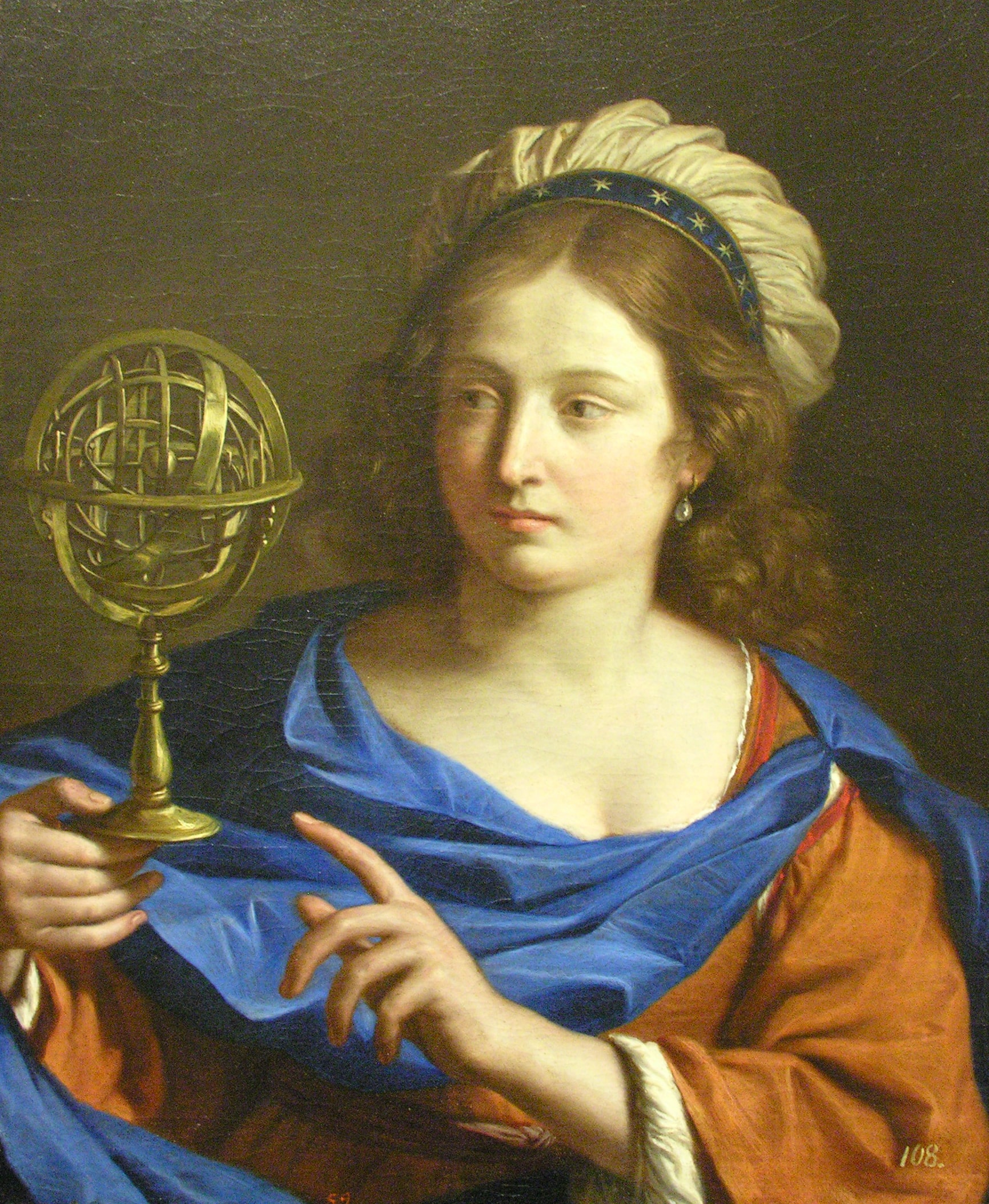Traditional astrology without borders
What is traditional astrology? The word astrology is used in these pages to mean horoscopic astrology, that is, the kind that includes the ascendant and other celestial houses, in addition to the twelve-sign zodiac, the seven visible planets, and their aspect configurations. Other forms of divination that are sometimes called astrology – for example, Chinese or Mayan astrology – are separate systems in their own right and not discussed here.
By traditional, I mean any form of horoscopic astrology except the modern western kind that was conceived in a Theosophical setting in the late 19th century and then heavily influenced by depth psychology (mostly of the Jungian variety) during the 20th. That modern strand differs in many important ways, both technical and philosophical, from the mainstream of astrological tradition. This mainstream forms a continuum that includes Hellenistic, Indian, Perso-Arabic, and medieval and early modern European astrology. Each of these styles has its distinctive traits, but they are united by their common goal of relating the horoscope to the everyday objective world with its tangible distinctions and contrasts, rather than to psychology alone.

‘Western’ and ‘Vedic’
The revival of traditional forms of astrology that began in the western world in the 1980s took two main forms. One was the study of Indian astrology, often mislabelled ‘Vedic’, and the other was the study of Everything Else, often mislabelled ‘western astrology’. However, there is nothing Vedic about Indian horoscopic astrology, which is never mentioned in the body of texts known as the Veda: its actual main source is indicated by the extensive Greek vocabulary found in astrological Sanskrit works. Similarly, there is little that is western, in the usual cultural senses of that term, about the astrology practised in ancient Mesopotamia, Hellenistic Egypt, or the medieval Perso-Arabic world.
Ancient and medieval astrology was repeatedly transmitted back and forth between different cultural areas, including India. Medieval Muslim, Jewish and Christian authors such as Abū Maʿshar, Abraham ibn Ezra and Guido Bonatti all refer to Indian teachings in their works, and Tājika or Perso-Arabic astrology has formed a tradition of its own in India for more than 700 years (many of its source texts are discussed in my translation of The Jewel of Annual Astrology). If you are interested in seeing how elements from these different parts of the greater astrological tradition can be successfully integrated in practice, I recommend my book Annual Predictive Techniques of the Greek, Arabic and Indian Astrologers.
Tropical and sidereal
The most well-known and, to many people, challenging difference between Indian and western astrology as commonly understood is that Indian tradition uses a zodiac that is sidereal, or fixed with respect to the constellations for which the signs were named, whereas western tradition for many centuries has favoured one that is tropical, or fixed with regard to the seasons. The twelve zodiac signs and their extensions are the same; the crucial question is how to define the starting point. Because the difference between the two systems increases over time – a phenomenon known as the precession of the equinox – and is currently some 24°–25°, most points in a horoscope now fall in different signs depending on which system is used. This can trigger an identity crisis in someone who identifies strongly with particular zodiac signs! But as it happens, the sidereal zodiac is not peculiar to India.
The tropical zodiac defines 0° Aries as the position of the sun at the spring equinox, around 20 March each year. It is a historical fact that this definition was not used for casting birth charts by the Mesopotamian or early Hellenistic astrologers, nor by the Persians and Indians. (Tropical divisions were used for other purposes, such as calendars, which has confused some modern proponents of ‘tropical Vedic astrology’.) The earliest known author to advocate the use of the tropical zodiac for horoscopes was Ptolemy, who, in the second century CE, wanted to align astrology with the science of his time by anchoring it firmly to seasonal changes and the fourfold qualities of hot, cold, moist and dry. Ptolemy’s ‘scientific’ model – which breaks down in southern-hemisphere countries such as New Zealand or Argentina, where the coldest months are those that Ptolemy associates with heat and vice versa – did not catch on until several centuries after his death. Even early Arabic-language astrologers such as Māshāʾallāh and Sahl ibn Bishr, whose astrology was chiefly derived from Persian sources, used sidereal tables for casting their charts. Following the adoption of Arabic astrology, the use of sidereal values survived in the Latin west into the 12th and 13th centuries (as recently explored by C. Philipp E. Nothaft in this paper, a pre-publication version of which is freely available here); but by the early modern period, tables based on Ptolemy’s tropical values had become standard.
The astrological consultation work offered on this website is all done from a sidereal perspective. To take the Primary Directions Diploma Course, however, you do not have to be a siderealist: the core technique of directions is zodiac-independent, and students are free to work in the zodiac of their choice.
